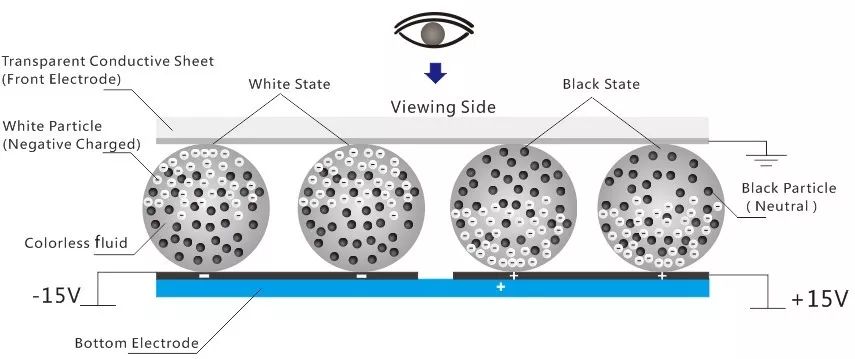-
Electrophoretic Display Technology (EPD)
-
Cholesteric Liquid Crystal Display Technology (Ch-LCD)
-
Bi-stable Nematic Liquid Crystal Technology (Bi-TNLCD)
-
Electrowetting Display Technology (EWD)
-
Electrofluidic Display Technology (EFD)
-
Interference Modulation Technology (iMod)

◤ Microencapsulated Electrophoretic Display

◤ Electrowetting Display (E-WET)
-
Liquavista Bright: black and white screen with high contrast, refresh speed sufficient for video viewing. Similar to ink screens, mainly used for e-books.
-
Liquavista Color: color screen suitable for video playback, reading, magazines, etc.
-
Liquavista Vivid: combines black and white and color screens, with a black and white mode (more suitable for reading) and a color mode (more suitable for video and image viewing).
◤ Printing Technology in E-Paper Production



◤ Future Prospects


News is not just the news itself; Display Times takes you deep into the stories behind the news!
